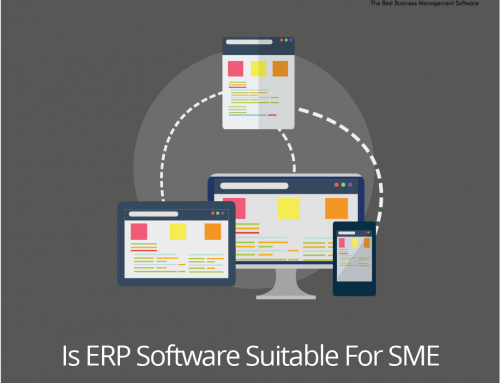The business competition has become harder each day and leads to tremendous changes in competition, production, marketing, human resource management, and handling transactions between companies and customers and companies with other companies. These changes encourage companies to prepare themselves to face the global environment and find new strategies that allow the company to keep survive and thrive in world-class competition.
Assessment or performance measurement is one of the important factors in the company. Besides being used to assess company success, performance measurement is also applied to determine the company rewards system, for example, to determine the level of employee salaries and feasible rewards. Management applies the company performance measurement as a tool to evaluate the previous period.
The use of traditional performance appraisals like ROI, Profit Margin, and Operating Ratio actually not representative enough to describe the company’s performance. This is because ROI, Profit Margin, and Operating Ratio only describe the of the effectiveness measurement in using company asset and profit to support sales during the specified period. In accounting management, it is known as an analysis tool that aims to support the management process called the Balanced Scorecard, developed by Norton in 1990. Balanced Scorecard is a fairly comprehensive measurement in building the performance, which the company long term goal is the business financial success.
The balanced scorecard concept evolves in line with the development of the implementation of the concept. According to management experts Kaplan and Norton, Balanced Scorecard consists of a score (scorecard) and balanced (equal). The scorecard is the card used to record the person’s performance score. The scorecard is also be used to plan the scores achieved by the personnel in the future. Through a scorecard, the achieved scores by the personnel in the future compared to the actual performance results. The results of this comparison are used to evaluate the performance of the related personnel.
The Balanced Scorecard introduces four new management processes, divided and combined between long-term strategic objectives and short-term events. The four processes are:
- Translating company’s vision, mission, and strategy.To determine performance measures, the organization’s vision needs to be elaborated in goals and objectives. Vision is a description of the conditions that will be realized by the company in the future. To recognize the described conditions in the vision, companies need to formulate strategies. This goal becomes one of the basis to formulate the strategic. In the strategic planning process, this objective is then translated into strategic objectives with achieved measurement.
- Communication and Relationships.The balanced scorecard shows every employee what the company does to achieve the shareholders and consumers interest since to reach the goal, outstanding employees’ performance is needed. The balanced scorecard shows a comprehensive strategy consisting of three activities, namely (1) Communicating and educating, (2) Goal Setting and (3) Linking Reward to Performance Measures
- Business Plan. Business plans allow organizations to integrate business plans and their financial plans. Most organizations implementing various programs for their competitive advantages and able to compete with others. This makes managers difficult to integrate different ideas in each department. Using a balanced scorecard as a basis for allocating resources and managing the vital issues to be prioritized, will lead towards the long-term goals of the company as a whole.
- 4. Feedback and Learning.This fourth process will provide strategic learning to the company. With the balanced scorecard as the center of the business system, the company able to monitor what the company has produced in the short term of the three existing perspectives: consumers, internal business processes and learning and growth to serve as feedback in evaluating strategy.




